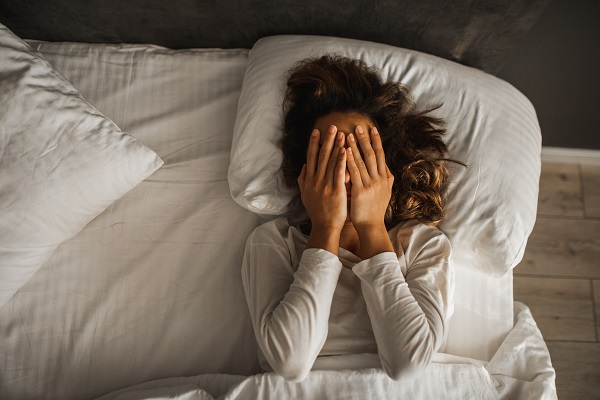-
Head lice, most common in children aged between four and 11, is a pesky part of life. Luckily, effective remedies are available, and with the right treatment your child can back at school in a few days.
Dr Ian Boyd, Medibank Medical Director, says it is important for parents to know that anyone can get head lice - almost every parent will need to treat their child’s itchy scalp at some stage. Here, he dispels a few common myths:
- Myth: Having head lice means your hair is dirty. Head lice can be found in all types and lengths of hair. It is not an indication of how clean or well-groomed a child is.
- Myth: Head lice jump from head to head. In fact, lice cannot jump, fly or swim. You can only get head lice through head-to-head contact and they can only live for a short time away from the scalp. Pets don't spread human head lice either.
- Myth: Head lice make you sick. If your child scratches a lot the skin can become broken and vulnerable to infections. Other than that, head lice are pesky but pretty harmless.
How to know if your child has head lice
Head lice are small and hard to spot on the hair. To remove and identify them, comb through your child’s wet hair with a fine-toothed comb, using lots of conditioner. Comb from root to tip and after each stroke, wipe the comb on a piece of tissue. If your child does have lice you should be able to see one or more little grey or brown insects, around 1-3 mm in length.
How to get rid of head lice
There are two main remedies for head lice you can try:
- Insecticide products. Treatment products containing insecticides need to be applied twice, seven days apart, so that any lice that hatch from the eggs after the first treatment are also killed. No treatment will kill all the eggs, so it is important to follow the instructions and complete the second treatment.
- Wet combing with conditioner. This method should be repeated every two or three days for at least two weeks, until there have been three consecutive combing sessions without seeing any lice. Make sure to comb the full length of every strand from root to end.
Wash pillow cases, hats and hair brushes in water hotter than 60 degrees C, but there's no need to wash other bedding, or to treat carpet or furniture with insecticides.
Once you commence treatment your child can return to school. Keep checking again for head lice with a fine toothed comb a few days after treatment to see if it is working.
Medibank members with Medibank hospital cover can call a Medibank nurse 24/7 on 1800 644 325
How to treat head lice
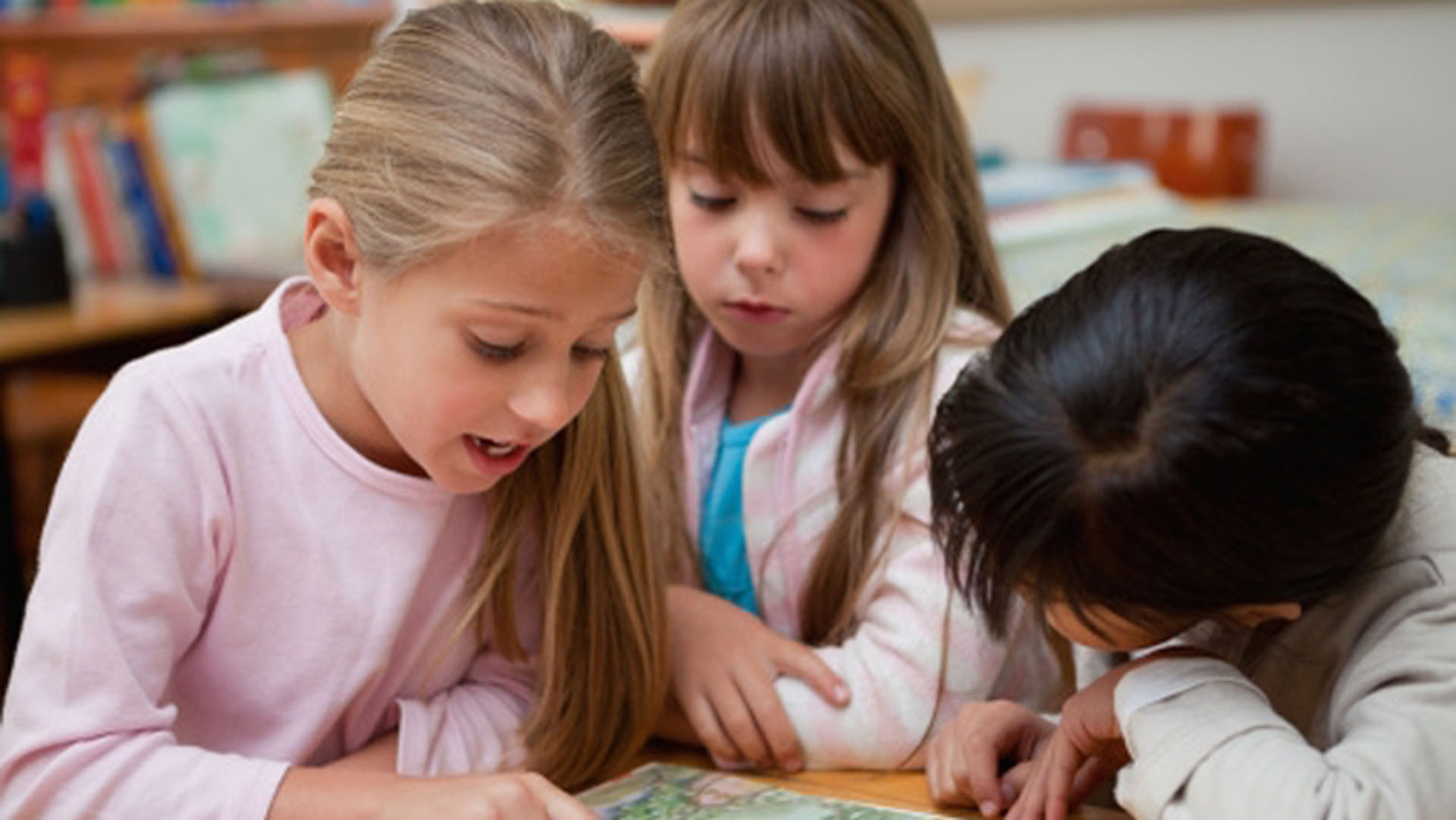
-
Eat for your eyes
Some of our favourite foods to help keep your eyes healthy.
-
How is ‘phubbing’ hurting your relationships?
Here’s how to stop phubbing and be more mindful of your phone habits, to help improve face to face interactions with your family and friends.
-
Are the winter blues real?
Simple ways to boost your mood in winter.
-
Mental fitness explained
Just as you work to strengthen your body, your mental health deserves attention and exercise too.
-
The link between stress, anxiety and jaw pain
Physiotherapist Michael Chan explains how stress and anxiety can cause jaw pain, and how to help get some relief.
-
When you can't sleep next to your partner
You love everything about them – except their sleep habits.
Subscribe to receive the best from Live Better every week. Healthy recipes, exercise tips and activities, offers and promotions – everything to help you eat, move and feel better.
By clicking sign up I understand and agree to Medibank's privacy policy
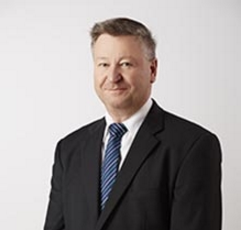
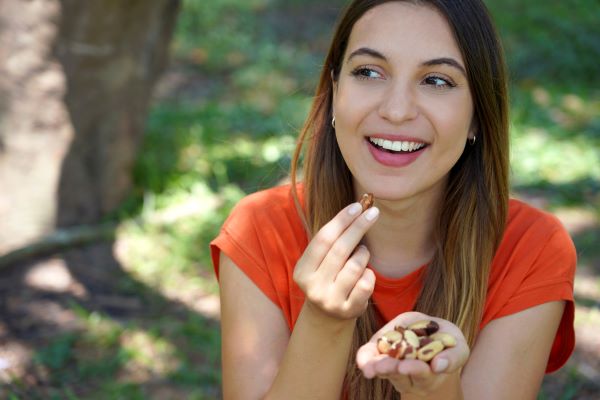
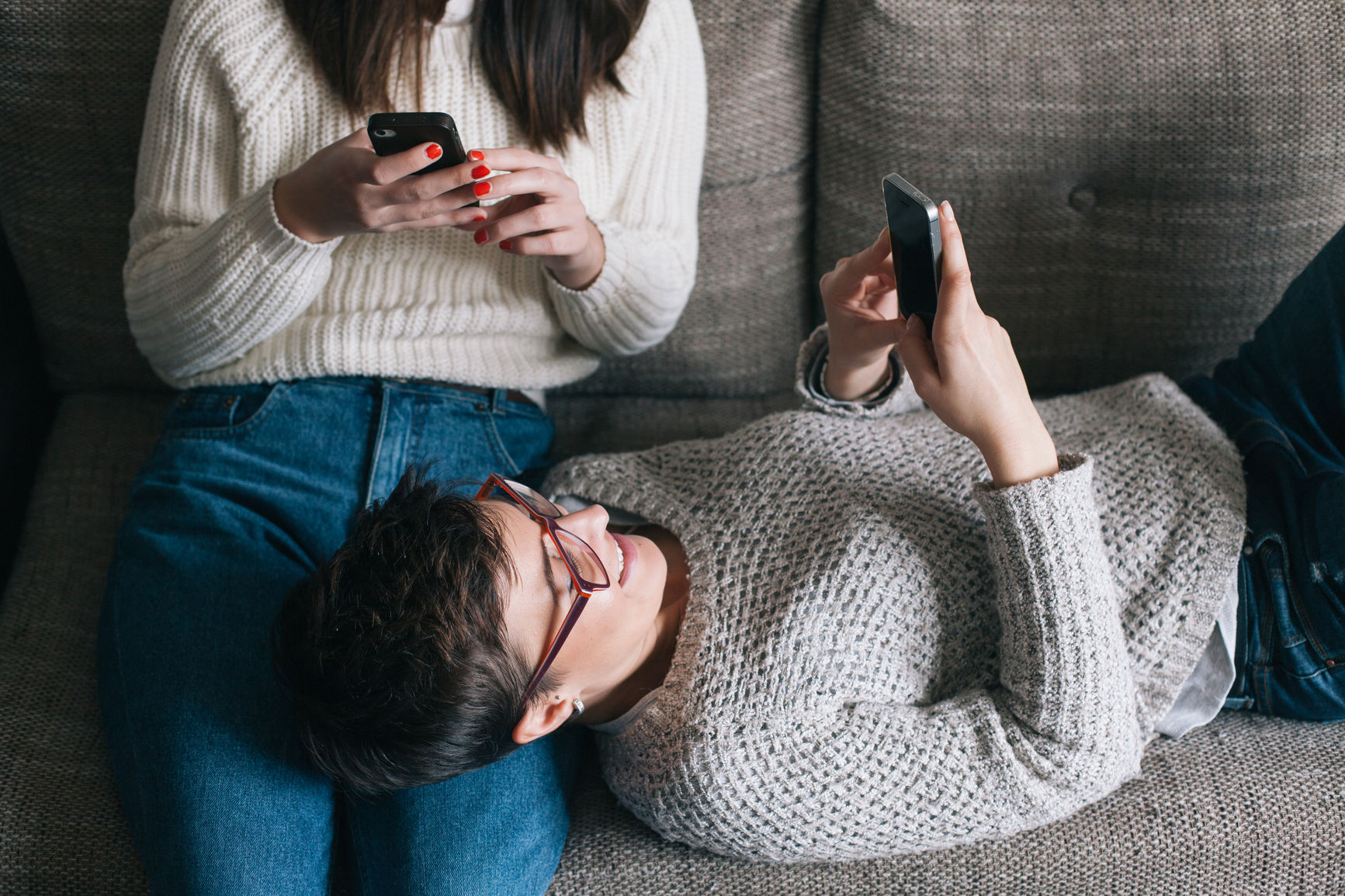
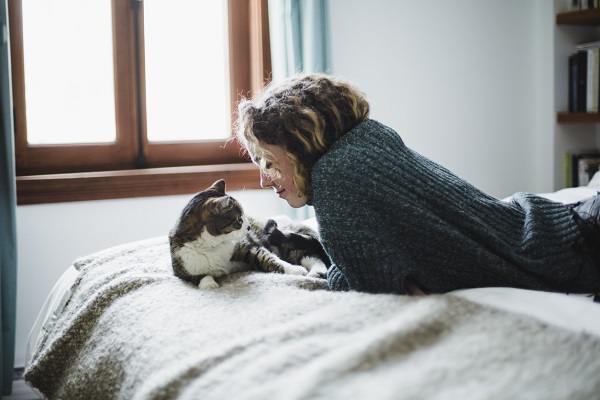
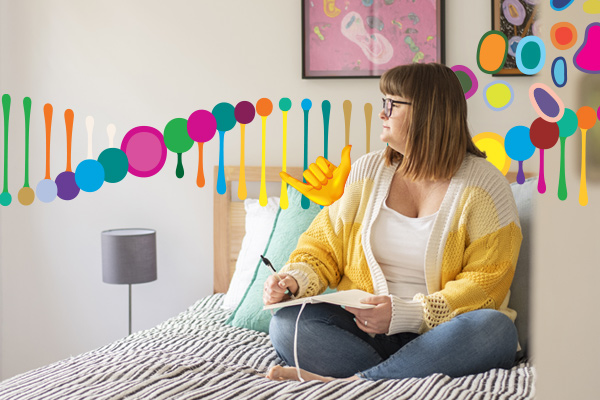
.jpg)
